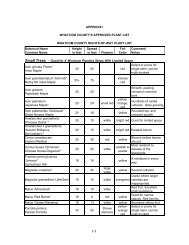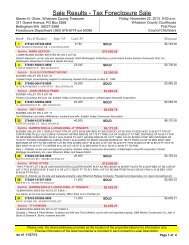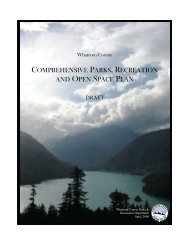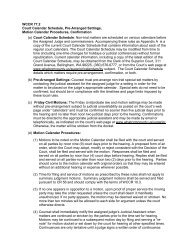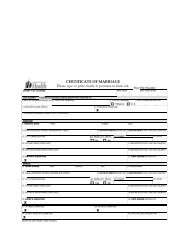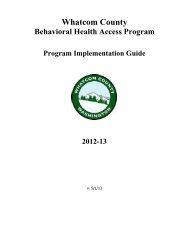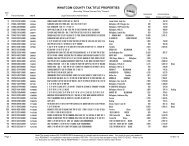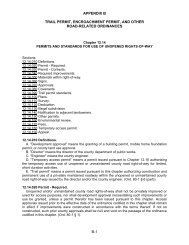Poisonous Plants Booklet - Whatcom County
Poisonous Plants Booklet - Whatcom County
Poisonous Plants Booklet - Whatcom County
You also want an ePaper? Increase the reach of your titles
YUMPU automatically turns print PDFs into web optimized ePapers that Google loves.
WASHINGTON STATE NOXIOUS WEED<br />
SPURGE LAUREL<br />
Daphne laureola<br />
Description: This evergreen<br />
shrub grows up to 3-4 feet tall.<br />
Whorls of dark green, shiny,<br />
leathery leaves grow at the ends<br />
of the branches. The small yellow-green<br />
flowers appear in<br />
late winter to early spring, with<br />
oval, black berries produced in<br />
early summer. Birds are the<br />
primary means of dispersal and<br />
spread of this plant. Spurge laurel<br />
is slow-growing and deeply<br />
tap-rooted.<br />
Toxicity Rating: Moderate<br />
Toxic Part: All parts of the plant are poisonous to humans and animals,<br />
especially dogs and cats. The sap can cause severe skin and eye irritation.<br />
Poisoning usually occurs with the berries. The toxin remains in the<br />
plant after drying.<br />
Signs/Symptoms: Burning lesions<br />
in the mouth, diarrhea, vomiting,<br />
stupor, weakness, convulsions.<br />
While livestock poisoning has been<br />
rare, it should be noted that this<br />
plant is spreading quickly in the<br />
Pacific Northwest, so livestock<br />
may encounter it more frequently.<br />
As with many landscape plants,<br />
trimmings from Spurge Laurel should never be left in areas where animals<br />
have access to them.<br />
12



